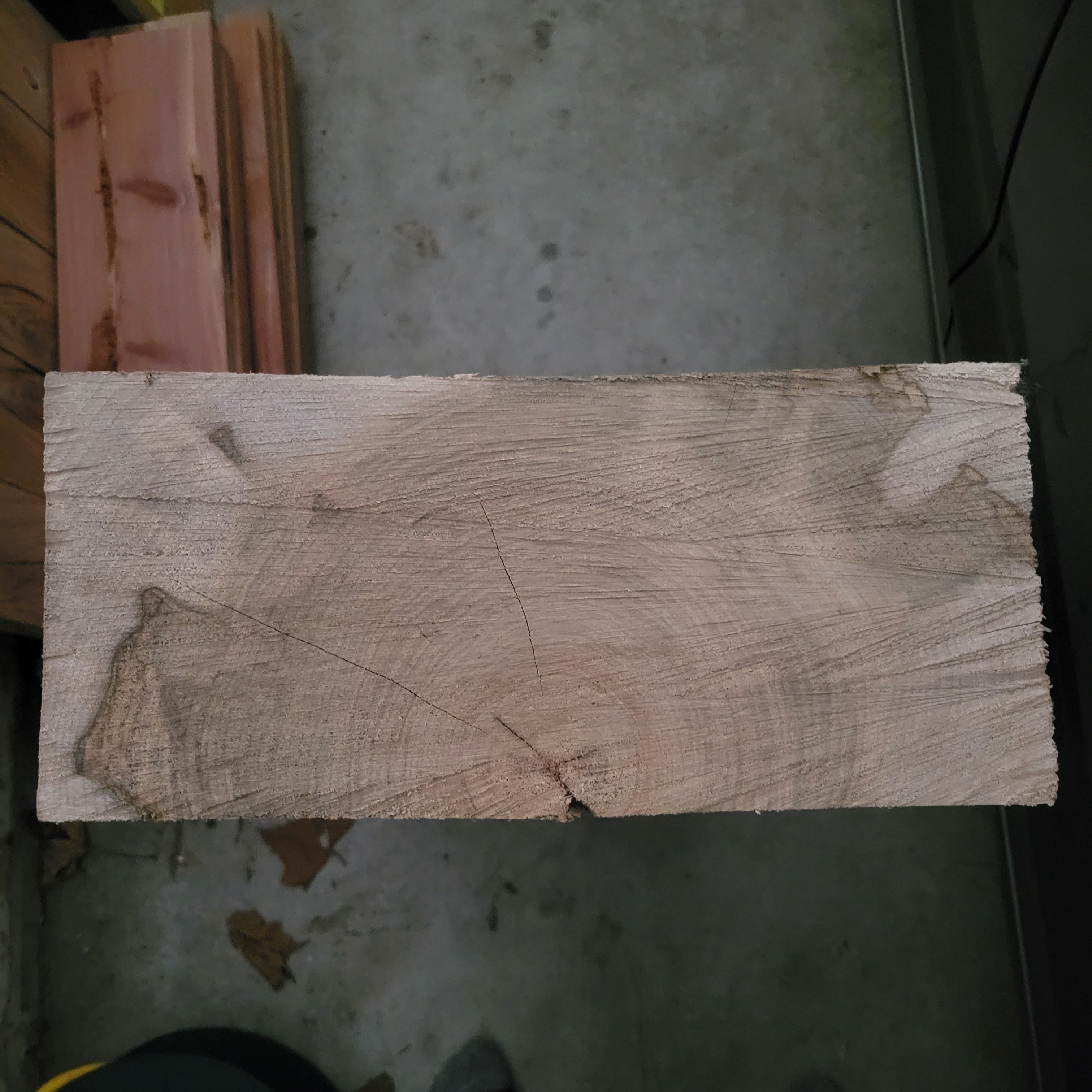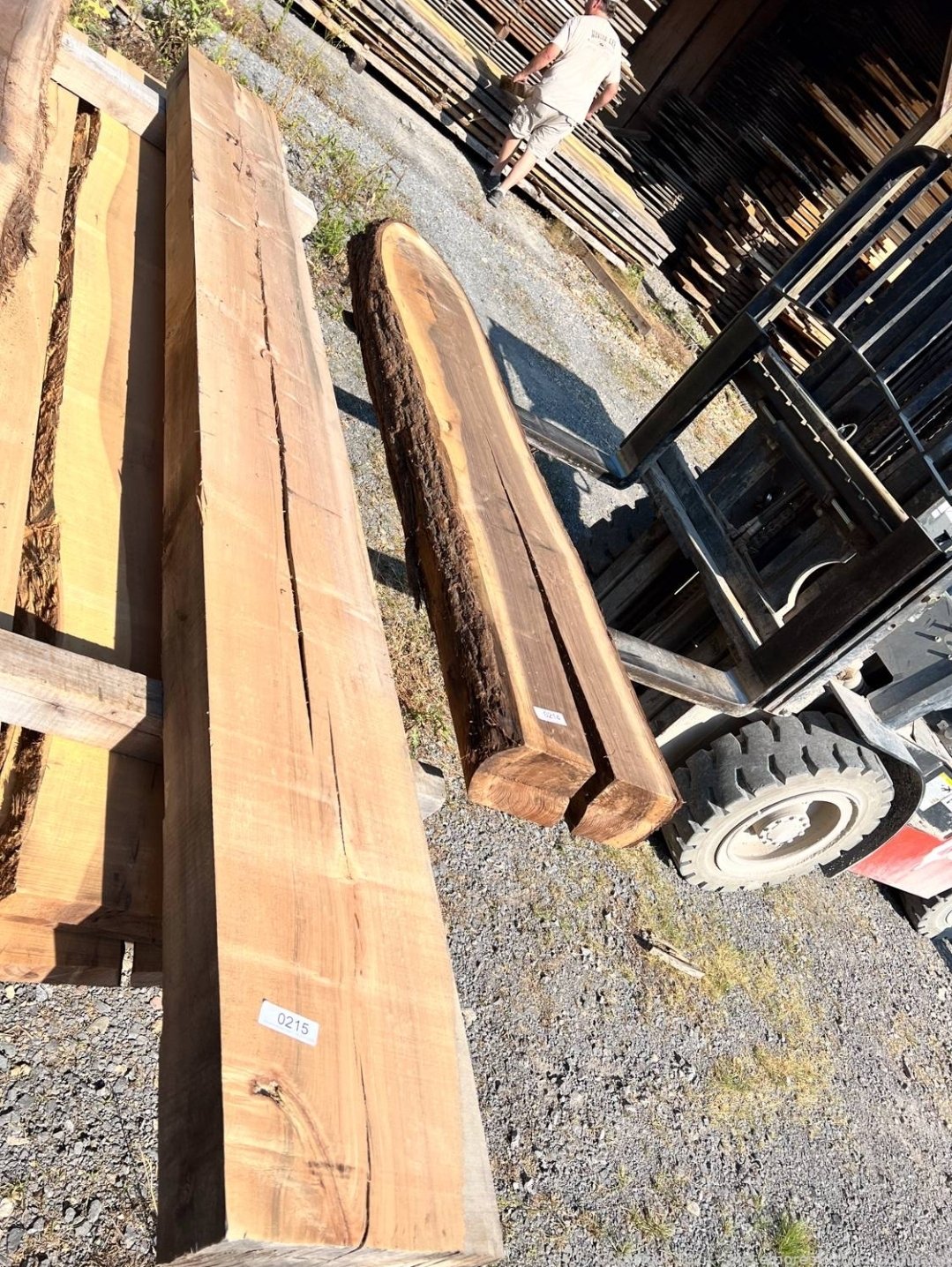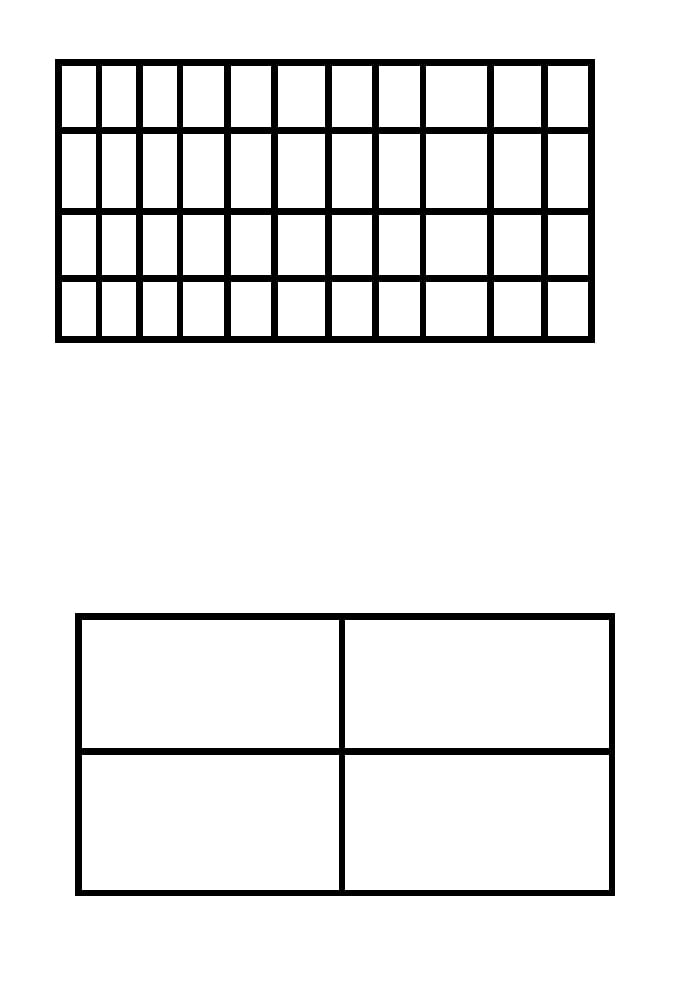this post was submitted on 12 Jul 2024
58 points (98.3% liked)
Woodworking
6200 readers
166 users here now
A handmade home for woodworkers and admirers of woodworkers. Our community icon is a planter box made by @Captain Aggravated, the winner of our summer '24 woodworking contest. Congratulations!
founded 2 years ago
MODERATORS
you are viewing a single comment's thread
view the rest of the comments
view the rest of the comments


The only reason why cutting boards are often thin is cost. A thicker cutting board will be more resistant to warping. I encourage using thicker pieces.
I don't think I'm describing my question clearly. I'm imagining a 2" thick cutting board made up of 4, 6"×12" end grain slices from the beam.
Every end grain cutting board I've ever seen is comprised of many individual pieces from like .5"×.5" up to like 2"×2" at the largest.
Is checking the only risk from using very large pieces, like I want to?
Oh, I haven't got a clue about the risks of that. I'm sorry I can't be more help. Good luck and know that I'm cheering you on!